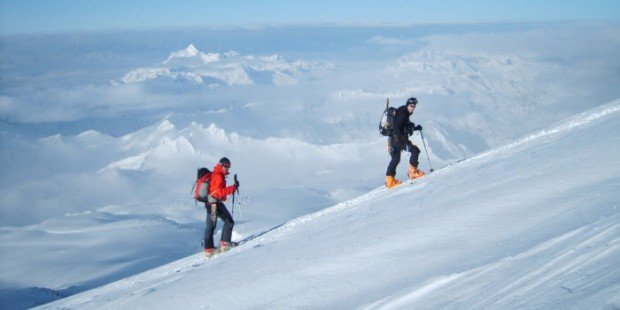Mountaineering 101: A Beginners Guide to Mountain Climbing and Mountaineering
There are a massive range of benefits that come with mountaineering. Reaching the top of a summit and breathing in the fresh air truly is a feeling that is hard to come by in any other instance of everyday life. Not to mention, the activity is really good for you as it keeps you active, plus it is a fantastic means of getting to travel to other countries and experience them in a way that a lot of people could only dream of. Of course, it is not the case of simply taking to a mountain and making your way up it. There are steps you need to take before you begin on your first expedition, and this article will go over exactly what these are.

Build Up the Basic Needs of a Mountaineer
The first thing that you’re going to need to do is to get fit. One of the best ways you can do this if you are interested in starting small is to include the likes of long-distance walking and stair climbing into your everyday activities. You should also eventually look toward cycling and running in order to build your base fitness. You can even head to the gym and do some weights in order to build your body strength, as all of this is going to be necessary when you start climbing.
If you are new to such activities, then you may find that your body comes with limitations; a lot of the time, this is because of a lack of flexibility. This is easy to get on top of, but it is something you are going to want to speak to professionals about. If you head over to Stretch Affect, they will be able to provide you with the information and training you need to unlock your body’s full potential, keeping you healthy and pain-free in the process.
Pick an Achievable Target First
You need to have a think about the kind of terrain that you intend on walking on and what kind of route you are looking to tackle. There are a lot of different types available to you, such as technical routes, glaciated mountains, climbing, walk-ups, and granite surfaces. As such, you should have a think about what you feel like you would be most comfortable walking on then giving it a go. Be sure to start small with your first mountain as you don’t want to be halfway up and then realize you have bitten off more than you can chew.
Learn How to Read a Map
You are going to need to have a good deal of navigation experience and technical ability when you start climbing, just in case you manage to get yourself lost on your route. You should practice this at home by plotting a course between two different points on the map of an area that you are already familiar with; this can be very helpful when it comes to building up your navigation skills. Be sure to stock up on all of the necessary gear that can help as well such as a GPS, compass, map contours, bearings, and sightings.
